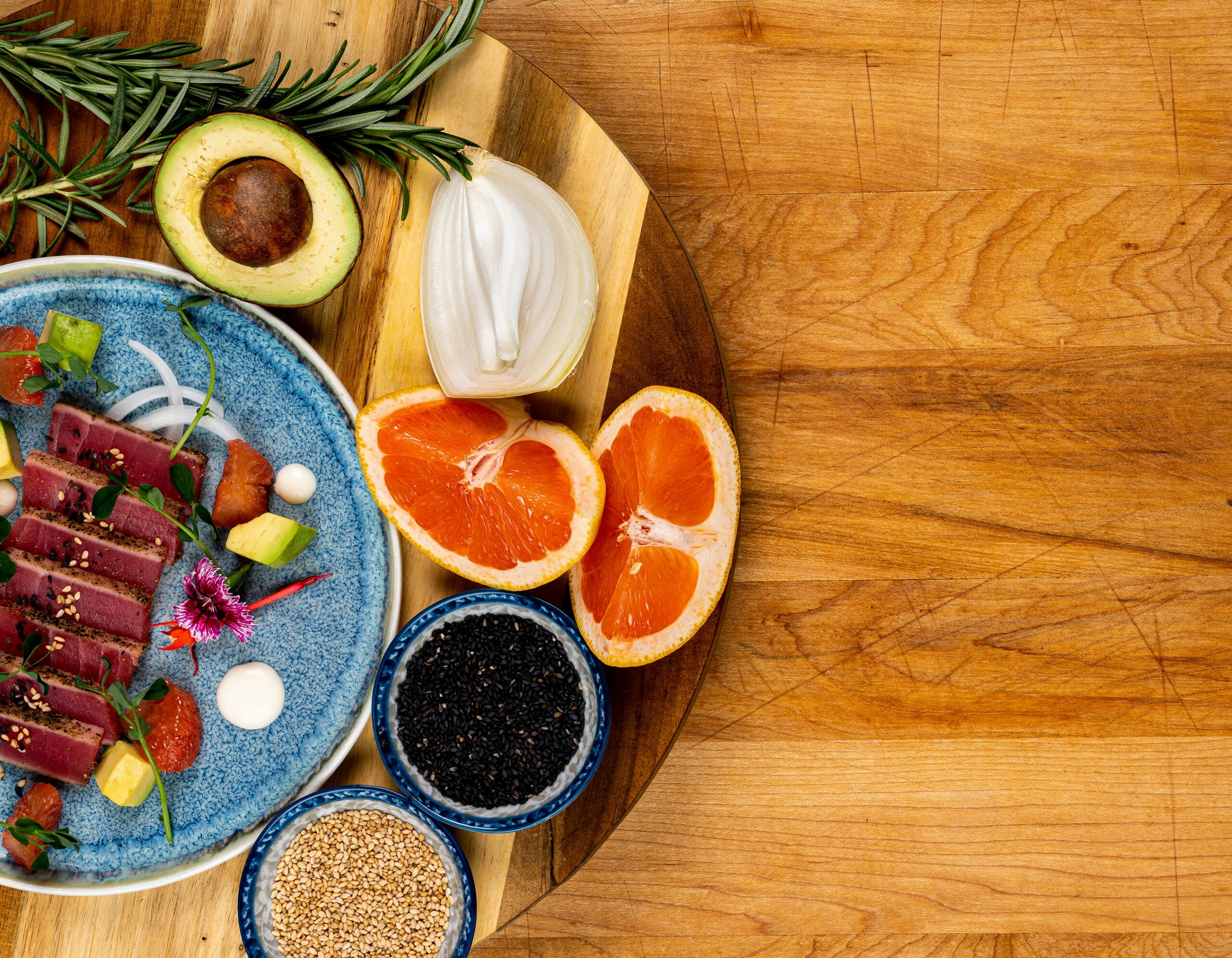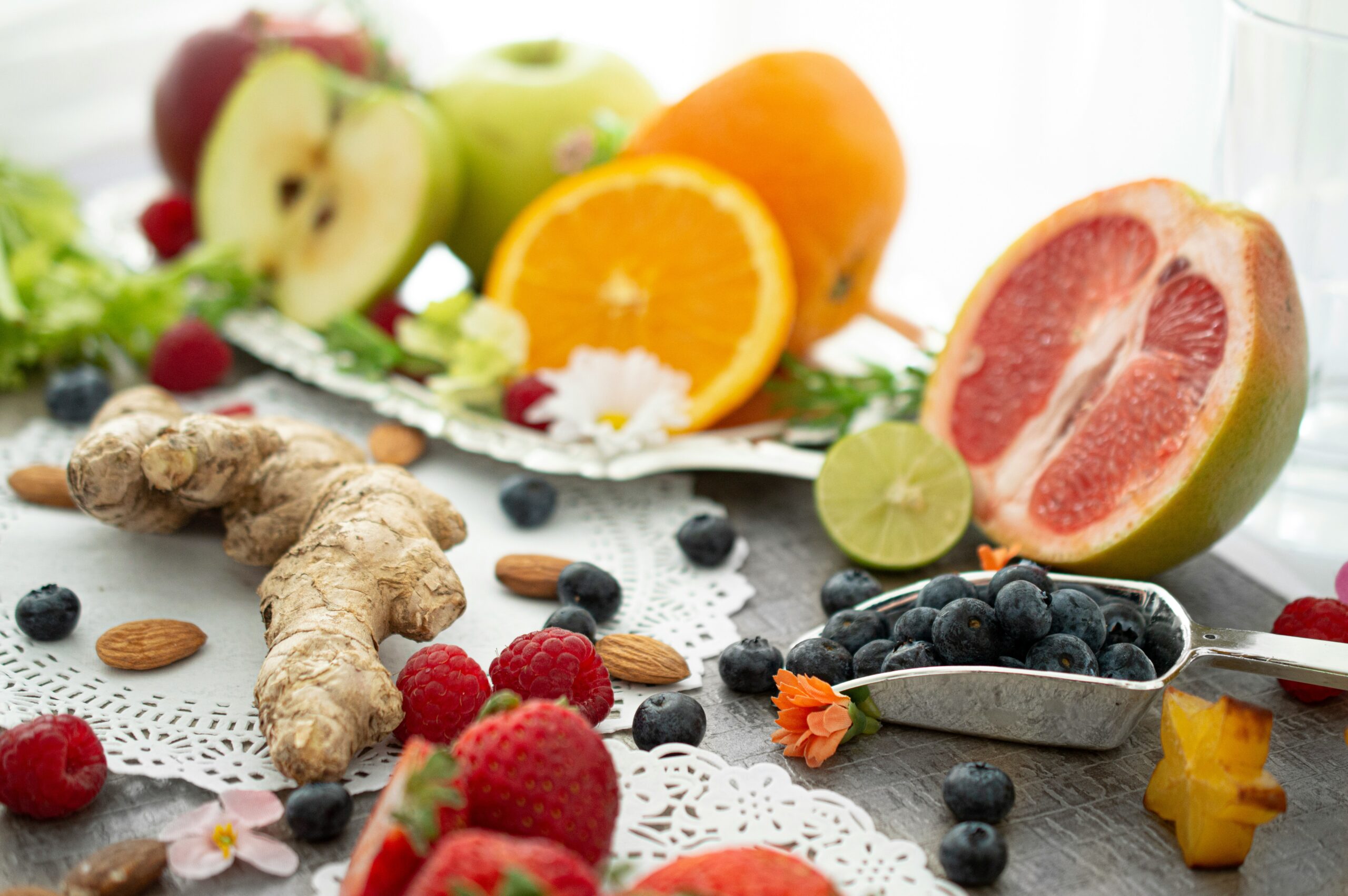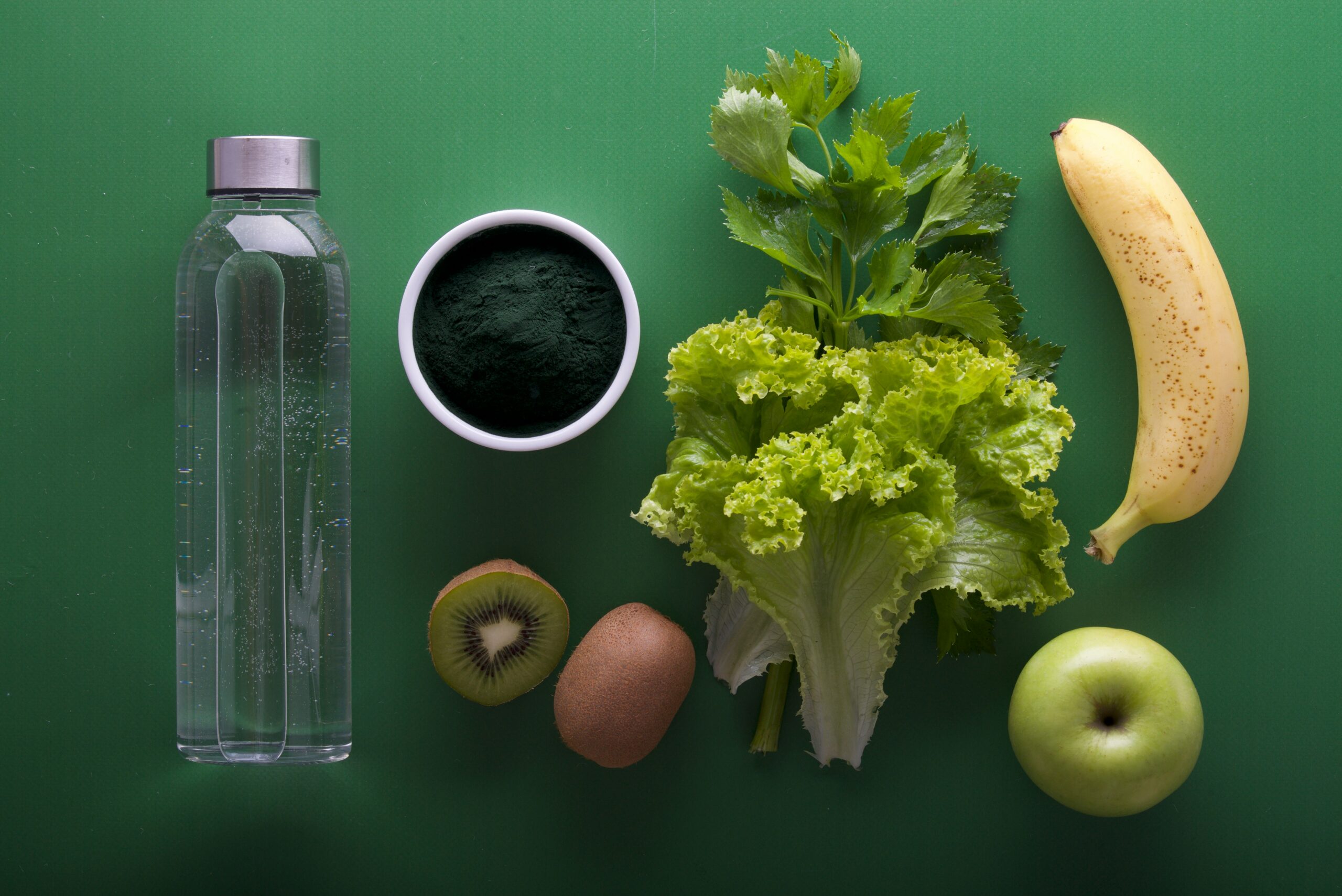Health Risk: 9 Hidden Dangers in Children’s Cereals Parents Ignore

Introduction
Every morning, millions of parents across the country set a grain bowl for their children they start the day with nutritious, practical food. The bright colored boxes adorned with cartoon characters law “whole grains”, vitamins “and” energy to learn “. But there is a disturbing truth during the cheerful packaging: Many popular children are filled with grain hidden dangers that can compromise the child’s long health.
As parents, you will not have the best for your child. You choose carefully schools, doctors and even additional activities to support growth. Still, one of the most important decisions is made the food they eat every day often taken on autopilot. This article reveals 9 hidden dangers in children’s grains that most parents ignore, explains how they affect your child’s physical and mental development, and offers practical, science -supported options. We will also find out how active alternatives can reduce future medical complications today and due to extensive health insurance, it is necessary to protect the family from unexpected health costs due to poor nutrition.
Table of Contents
1. Sky-High Sugar Content: A Spoonful of Trouble
First and most dangerous threat? Chinese additional fee. Some large children have sugar up to 12 grams per serving in grain there are about three teaspoons. When combined with milk and extra topping such as honey or fruit syrup, a single bowl can easily exceed the recommended daily limit for the American Heart Association to the sugar added to children (25 g).
Excessive sugar does not only cause cavities; It contributes to obesity, insulin resistance and early and 2 diabetes. Studies show that children who consume high sugar diets are more likely to develop metabolic syndrome during adolescence. Worse than this triggers grains from sugar blood sugar nails and accidents, causing mood swings, difficulty in focusing and hyperactivity often wrong for ADHD
Despite this, manufacturers continue to market these products such as “funny” and “nutritious”, which utilize children’s vulnerability to branding. Real tragedy? There are healthy alternatives, but they are often buried back on the shelves, which are seen by high, sweet competitors.
2. Misleading Labeling: The “Whole Grain” Trap
Many cereals boast labels like “Made with Whole Grains” or “Now with Real Oats!” These phrases sound healthful but don’t be fooled.In truth, complete grains may additionally rank close to the bottom of the element listing, meaning they make up most effectively a tiny fraction of the product.
Worse, “complete grain” doesn’t mean wholesome. A cereal can technically qualify as whole grain whilst nonetheless being filled with sugar, salt, and delicate flours. For instance, a popular brand touts its “complete grain wheat” content, yet consists of extra sugar than actual grain with the aid of weight.
This deceptive advertising misleads properly-intentioned dad and mom into believing they’re creating a clever preference. Over time, this fake experience of protection can cause continual nutritional imbalances, growing the hazard of coronary heart sickness and digestive problems later in life.Always check the aspect list: the first component needs to be a recognizable complete grain (like oats, quinoa, or brown rice), no longer “enriched flour” or “sugar.”

3. Artificial Colors and Flavors: A Rainbow of Risks
Go on the corridor of any grain and you will see a polymorph of color-purple marshmallow, rainbow loop, neon orange stars. These lively colors are from nature; They are made with synthetic dyes like Red 40, Yellow 5 and Blue 1.
Many studies associate artificial food colors with activism, lack of attention and behavioral problems in children. The EU actually requires a warning of foods with these additives, and says: “Activity and meditation can have unfortunate effects.” However, the United States has now followed the suit.
Taste amplifiers like “natural taste” are equally related. While marked as “natural”, this is often laboratory created chemicals designed to mimic taste without nutritional value. Long term consumption of such substances can disrupt intestinal health and hormonal balance.
Instead of grain with natural colors from fruits and vegetables, you can choose such as beet juice or turmeric and avoid something with inaccessible ingredients.
4. Constant not to be healthy: vitamin mirage
Many grains proudly declare that they are “Gadwale with 12 essential vitamins and minerals.” Looks impressive, right? But here is the grip: Synthetic fortifications are not equal to the same benefit as nutrients found naturally in full food.
Zinc added iron, B vitamins and grains are often poorly absorbed by the body. In some cases, excessive synthetic iron can also contribute to oxidative stress and discomfort in digestion. In addition, relying on processed foods for nutrition is a dangerous illusion of health, and distracts parents from offering fresh yield, lean protein and healthy fat rich foods.
Genuine nutrition comes from real food-not a quarterly puff.
5. Low Fiber, High Refinement: The Digestive Disaster
A wholesome digestive device starts off evolved with fiber. Yet most youngsters’ cereals incorporate much less than 2 grams of fiber in step with serving, whilst being high in delicate carbohydrates.
Low-fiber diets make a contribution to constipation, bloating, and an imbalanced intestine microbiome related to the entirety from weakened immunity to tension and melancholy. Children want at the least 19–25 grams of fiber each day, relying on age, but most fall notably brief.
Choose cereals with at the least 3–5 grams of fiber in keeping with serving, preferably from entire grains, seeds, or legumes. Look for words like “bran,” “oats,” or “psyllium” at the label.

6. Hidden Sodium: The Silent Threat
While sugar gets most of the blame, sodium is another silent offender. Some youngsters’ cereals p.C. Over 200 milligrams of sodium consistent with serving a substantial amount for small bodies still growing kidney function.
High sodium consumption in formative years sets the level for high blood pressure and cardiovascular disorder in adulthood. It additionally increases thirst, often leading children to reach for sugary liquids, compounding the problem.
Check labels carefully and goal for cereals with less than one hundred fifty mg of sodium consistent with serving.
7. GMO Ingredients and Pesticide Residues
Many mainstream cereals are made from genetically modified corn, soy, or sugar beets grown with heavy pesticide use.Glyphosate, the active ingredient in Roundup, has been detected in numerous breakfast cereals at ranges exceeding safety thresholds for kids.Though research is ongoing, worries persist about the lengthy term consequences of GMOs and chemical residues on hormone regulation, immune characteristic, and neurological improvement.
For peace of thoughts, pick out natural-licensed cereals. They’re free from GMOs, artificial insecticides, and synthetic components.
8. Marketing Manipulation: Targeting Young Minds
Perhaps the most insidious threat isn’t in the cereal itself but in how it’s offered. Cereal manufacturers spend over $1 billion annually on advertising and marketing centers without delay at youngsters. Cartoon mascots, toy giveaways, YouTube influencers, and app-based totally video games create emotional attachments to products that offer little nutritional value.
Children beneath 8 cannot severely compare advertising. As a result, they develop sturdy choices for sweetened, colourful cereals putting stress on parents to conform.
Regulators have called for stricter guidelines, however till policy catches up, parental vigilance is prime. Teach media literacy early and contain youngsters in selecting healthier alternatives together.
9. False “Kid-Friendly” Assumptions: Nutrition Shouldn’t Be Sacrificed for Taste
A common myth is that children do not eat anything that is not sweet or bright in color. But flavor preferences are learned, not innate.Children travel on full food, grow minimal processed food and to enjoy balanced taste.
Instead of defaulting sugar grains, try oatmeal with cinnamon and berries, homemade Grenola with nuts and seeds, or maple syrup mixed with maple syrup, ignoring the whole grain grain. Include your child in cooking and grocery purchases they are more likely to eat as they help make.
Remember: feeding children well is not about perfection. It is about progress, education and creation of lifetime habits.
Protect your child’s future: The role of health insurance
Even with the best intentions, children can withstand health challenges as a result of early dietary habits.Overweight, diabetes, allergies and developmental delays may require special care, medicines, therapy or hospitalization.Where health insurance is not just a safety trap – but a requirement.
Strong health insurance ensures that your child has access to timely screening, preventive care, vaccination and pediatric nutritionists or endocrinologists when needed. This protects the family from scary medical bills and lets you focus on therapy – not financial stress.
While choosing a plan, see:
1. Extensive pediatric coverage
2. Mental health services
3. Nutrition Advisory Benefit
4. Less deduction for frequent trips.
Don’t wait until it is diagnosed to work. Proactive health planning is one of the most powerful methods to protect the child’s future.
What You Can Do Today: Simple Swaps for a Healthier Breakfast
You don’t want to overhaul your kitchen overnight.Start with those actionable steps:
1. Read the label carefully: Avoid grain with sequencing sugar in the first three materials.
2. Choose an option with little sugar: Take for less than five grams of sugar with regard to serving.
3. Go to organic whilst possible:Reduces contact with insecticides and GMOs.
4. Make your very own aggregate:Mix easy oats,chia seeds,almonds and dry fruit.
5. Serve with protein: pair of grains with Greek yogurt or nut butter to stabilize blood sugar.
6. Include your children: Let them choose a nutritious grain from the foremost entry.
7. Limit the size of the section: Use small bowls to prevent transition.
Over time, the small changes load equally important training benefits.
Final Thoughts: Raising Health Conscious Kids Starts at the Table
Breakfast ought to fuel capability, not feed disease. By recognizing the hidden risks in youngsters’s cereals, you are taking an effective stand in your toddler’s lengthy-time period well-being. Knowledge is energy and now you have the tools to make smarter, safer choices.
But remember: no unmarried meal defines a toddler’s fitness. It’s the cumulative impact of each day’s decisions that shapes their future. Pair nutritious consumption with ordinary test-ups, lively play, emotional guide, and robust medical insurance insurance to build a basis of resilience.
Let’s stop letting advertising giants decide what’s fine for our youngsters. Instead, allow’s champions real food, honest labeling, and guidelines that prioritize youngsters’s fitness over earnings.Because every infant deserves a breakfast that really nourishes no longer just fills a developing frame and mind.
Q1: How can I tell if a children’s cereal has too much sugar?
A: Check the nutrition label. A safe limit is no more than 5 grams of added sugar per serving. If sugar (or words like high-fructose corn syrup, cane juice, or malt syrup) appears in the first three ingredients, it’s likely too high in sugar. Also, avoid cereals where the sugar content exceeds the fiber content.
Q2: Are organic cereals always safer?
A: Not necessarily. While organic cereals avoid synthetic pesticides and GMOs, some still contain added sugars, artificial flavors, or lack sufficient fiber. Always read the full ingredient list even organic products can be highly processed.
Q3: What are some healthy, kid approved cereal alternatives?
A: Try plain Greek yogurt with berries and chia seeds, overnight oats with cinnamon and banana, unsweetened buckwheat or puffed rice cereals, or homemade trail mix with nuts and dried fruit. With consistent exposure, children quickly adapt to and enjoy less sweet, more nutritious options.









